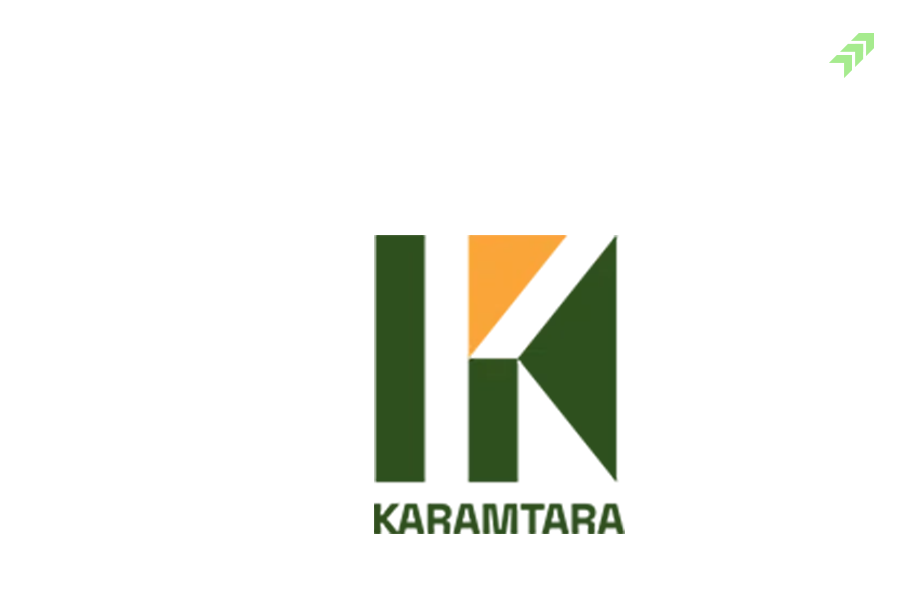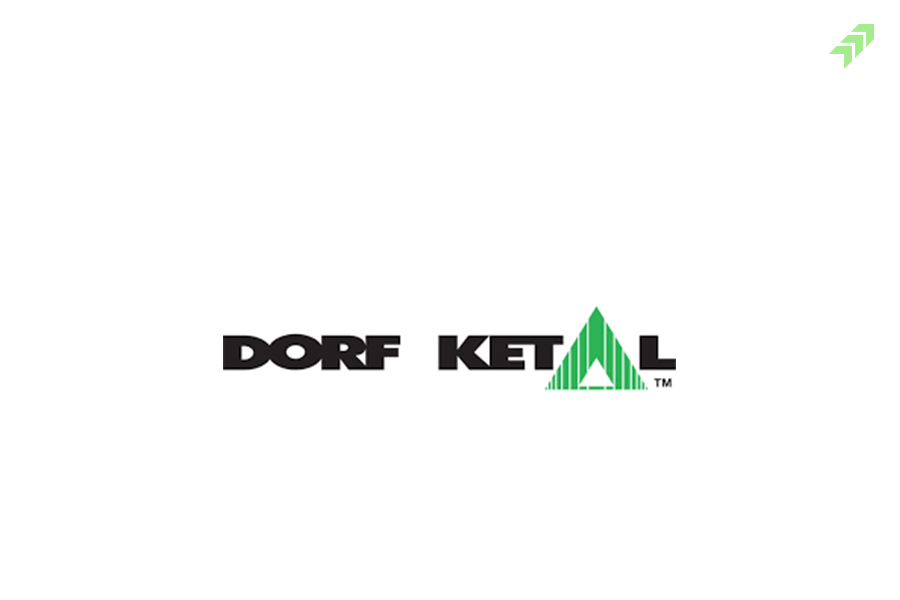Introduction
Every large business today began with a small investment from the promoters. As the company grew in size and earn profit, it expanded into new horizons and verticals by incurring debt and reinvesting its profits. After a certain point, the company requires significant equity infusion in order to expand and invest in new horizons. The company can either attract institutional investors and corporations or go public. A private company can go public in three ways: via IPO, SPAC, or direct listing.
What is an IPO?
IPO is a public offering in which a private company (that has a handful of shareholders) is taken public by listing it on the stock exchange and offering its shares to investors in the primary market. A process used in IPO helps inefficient price discovery of the securities. The issuer provides a price band within which investors may bid, and the final price is determined by the issuer only after the bidding process has concluded. Prospective buyers are given information about the proposed offering in the form of a lengthy document known as a prospectus.
Prospectus in India: RHP and DRHP.
The DRHP is a publicly available document which is filed with the Securities and Exchange Board of India (SEBI). This document is made to communicate with potential investors by demonstrating current status of the business, risk involved, and providing investors with enough information for them to decide whether they want to invest in the company or not. It does not, however, include any information about the number and price of shares being offered, as well as the size of the issuance
 Red Herring Prospectus (RHP) is the final prospectus and includes additional info then the DRHP. It includes details such as the IPO dates, prices as well as up-to-date financial data. SEBI has ordered all companies planning an IPO to share specific information about their operations, finances, risks, and so on.
Red Herring Prospectus (RHP) is the final prospectus and includes additional info then the DRHP. It includes details such as the IPO dates, prices as well as up-to-date financial data. SEBI has ordered all companies planning an IPO to share specific information about their operations, finances, risks, and so on.
The main difference between among two is that DRHP is not an official offer to sell the security. RHP, The final prospectus, on the other hand, is an official document that includes the price of the sold securities. Once approved, the DRHP becomes a RHP that includes the issue's specifics
What does IPO mean for investors?
An investor invests in a company because he visions growth over time, increase its profits while also protecting their capital. Participants in an IPO become shareholders in the company.
Advantages of an IPO
- Raising money
Every business requires capital. In the case of businesses, money can’t be produced from thin air. They put money into projects that they believe will be profitable. Small projects can be funded by taking on debt or using company reserves. For large projects, they leverage their balance sheets to the greatest extent possible, attract institutional investors, or go public - Paying off debts
Improving financial ratios and Paying off debt is one of the most common reasons for a company to go public. Many companies that plan to go public incur significant debt. As a result, many companies look to reduce their debt levels by using the proceeds from their IPO. - Returning / diluting stake of existing stakeholders
An IPO is regarded as a wealth-creation event. When a company grows significantly in size and value over time, the promoters and owners typically want to cash out some of the profits. When an IPO's sole purpose is to dilute the owner's stake, the market does not respond positively. As a result, it could have an impact on the IPO price and investor confidence - To create liquidity and find intrinsic value of firm
It is difficult to determine a private firm's true intrinsic value. The company's business information is restricted to its employees / workers / owners and related parties. On filing for an IPO, the company files a detailed documents with SEBI to inform the public about its earnings, nature of business, growth in previous years, company focus areas, financial, and so on. As a result of the IPO process, as the securities begin to trade, the company's securities become more liquid, and investors can become partners in the firm's growth story
Disadvantages of an IPO
Cost
Bringing an IPO is a time-consuming and costly task. There are numerous rules and guidelines that must be followed before launching an IPO
Rules and regulations
After the company is public, it needs to follow various rules and regulations like appointment of management, public shareholdings, capital requirement, etc
Takeover
Public listed company is prone to takeover. In recent time a US listed company “Twitter” was taken private. The target board of directors initially approves the merger and it subsequently goes to a shareholder vote
Types of bidders in IPO
Retail
Individual Bidders are non-professional investor who bid for Equity Shares for less than Rs 200,000 in any of the bidding options are referred to as Retail Individual Bidders. NRIs and HUFs who apply for less than Rs 2 lakh in an IPO are also classified as RIIs. Retail investors buy securities for their own personal accounts and frequently trade in much smaller amounts than institutional investors
Non-qualified institutional investor
HNIs are people who want to invest more than Rs 2 lakh. Non-institutional investors are companies that want to invest more than Rs 2 lakh.
Institutional investors are businesses that invest other people's money rather than their own. A company that trades securities in large enough quantities is considered an institutional investor. The way an institutional investor allocates capital for investment is determined by the goals of the companies or organisations. It represents, Pension funds, banks, mutual funds, hedge funds, endowments, and insurance companies are examples of well-known institutional investors
Qualified institutional investor
Qualified Institutional Buyers are institutional investors widely regarded as possessing the knowledge and financial strength to evaluate and participate in capital markets. Underwriters attempt to sell large amounts of IPO shares to them at a profit before the IPO begins. Selling shares to QIIs can help underwriters meet their target capital. To ensure minimal volatility during the IPO process, SEBI requires institutional investors to sign a lock–up contract for at least 90 days. This category includes commercial banks, public financial institutions, mutual fund houses, and Foreign Portfolio Investors who are registered with SEBI.
Type of bidding
There are 2 major types of IPO -: Fixed price offering / Book building Offering
- Fixed prices offering
As the name suggests, under a fixed price offer, the company going public sets a fixed price at which its common stocks would be available to all the investors - Book building process
A process used in IPO helps inefficient price discovery of the securities. A 20 % price band is offered by the issuer within whom investors are allowed to bid and the final price is determined by the issuer only after the closure of the bidding. The investors are free to bid on a price in the given specified range, at which they want to buy the share
Basic terminology used in IPO
ASBA
ASBA is a procedure developed by Securities and exchange board of India (SEBI) for purpose of initial public offering. Earlier the investor has to deposit full amount at the time of submitting their application. The amount was refunded to investors only after the allotment process gets completed. After the introduction of ASBA, the money remains in investor’s account but are blocked till the allotment of share is done. ASBA has reduced time and made process simpler.
Bid lot
Bid lot is the minimum number of share an investor need to apply for. Value of minimum lot generally lies around Rs 15000. If an investor wants to buy more shares, he has to buy more lots. In case of LIC, the bid lot comprise of 15 share. An investor can apply for minimum 15 shares and thereafter multiple of 15 shares
Float
The shares issues by company which are available for trade by the investors are known as float. The float is calculated by deducting restricted shares from the total number of outstanding shares. Higher float results in stability and less volatility in stock price.
Offer date
This is the first day when investor can subscribe for IPO shares
Book building
There are 2 process of evaluating prices of an IPO: - fixed price issue, book building process.
Under book building process, the price is assessed by the demand of the shares. The investors who want to buy share of the company can bid at particular price for the number of lot. The price is calculated after the bidding process is over.
Book running lead managers
A book runner plays an important role in the issuance of new equity or debt securities because it is the primary underwriter coordinator in charge of the books during the issuance of new equity by a client firm. The lead manager performs all due diligence, ensures compliance, and completes all formalities with regulatory agencies such as RoC, SEBI, stock exchanges, and so on. Post-issue activities include managing escrow accounts, coordinating non-institutional allocation, notifying bidders of allocation, and sending refunds to bidders, among other things.
Floor price
Floor price is the minimum prices at which an investor can bid for share in an IPO. The floor price is declared by the IPO bringing firm.
Non- institutional investor
There are various categories of investor which can apply in IPO. Non institutional investors are among them. NRI, trusts, companies even individual person who invest more than Rs 2 lakh are known as Non institutional investor. These investors cannot invest at cut off price
RHP and DRHP
The DRHP is a publicly available document which is filed with the Securities and Exchange Board of India (SEBI). This document is made to communicate with potential investors by demonstrating current status of the business, risk involved, and providing investors with enough information for them to decide whether they want to invest in the company or not. It does not, however, include any information about the number and price of shares being offered, as well as the size of the issuance. Red Herring Prospectus (RHP) is the final prospectus and includes additional info then the DRHP. It includes details such as the IPO dates, prices as well as up-to-date financial data. SEBI has ordered all companies planning an IPO to share specific information about their operations, finances, risks, and so on
Underwriters
Underwriters are a member of financial organizations which do everything from evaluating your business health to assessing your financial status, and risks in return for a fee. Each industry has its specialized underwriters. The underwriter evaluates and guarantees a price for the securities facilitates the issuance and then sells them to the public
Greenshoe
Under greenshoe, the company issues an additional 15% share to the underwriter solely for risk management in the event that the share price falls below the offer price after the stock is listed. The underwriter shorts these shares only to repurchase them at the same price at which they were originally shorted. If the scrip's price rises, the underwriter can exercise the option and cover their short position at no-profit, no-loss, but is the stock fall after the trading begin in stock then the underwriter can buy from cash market and arrest the fall in stock further
IPO process overview?
- The owner makes a decision of take the private firm public
- Appointing an underwriter
After deciding going IPO, the company hire consortium of investment banks / merchant banks that provide underwriting services, assess the company's financial needs and decide the price/price band of shares, number of shares to be offered etc - Registration for IPO
The company offering shares through IPO submits RHP which contain all the financial and other information about the company. RHP contain all the risk factors, how the money will be used that was collected through IPO, industry and business description with comparison with their competitor, detail about their management, pricing, and any legal obligation pending - Scrutinize by SEBI
After the RHP is submitted, SEBI check for errors is any, and only after SEBI approves the RHP the company set the IPO date - IPO road show
The investment bankers and underwriters hired by the company tries to convince potential investors through sales pitch or presentations to invest and buy stock of their company - After the IPO is concluded and fully subscribed, the shares are allotted within 10 days of the last date of bidding


















7 Comments
[…] Best performing IPOs in 2022 […]
[…] issue is purely an Offer for sale IPO with existing shareholders diluting their stake. The total available market for private market data […]
[…] expansion or simply cash -in. The company’s financial problems, however, do not end with the IPO. A company may require additional capital to achieve its objectives at times. That is when such […]
[…] the Initial Public Offer (IPO) of any well-known company comes into the market, another word also starts buzzing in the […]
[…] Also Read:What is IPO: How it Works & Else Everything You Need To know […]
[…] Also Read:What is IPO: How it Works & Else Everything You Need To know […]
[…] Also Read: What is IPO: How it Works & Else Everything You Need To know […]